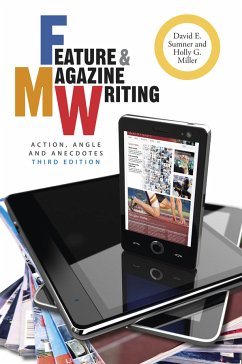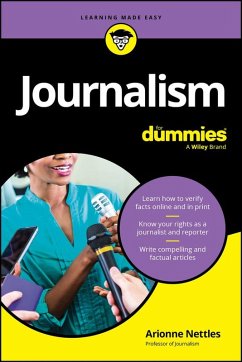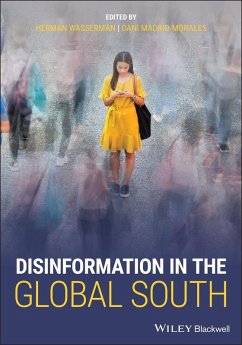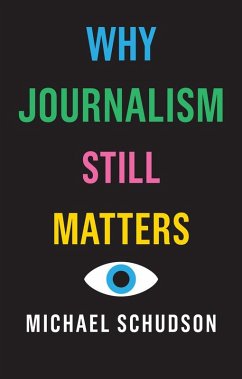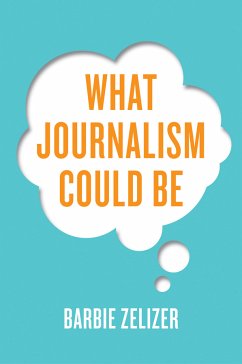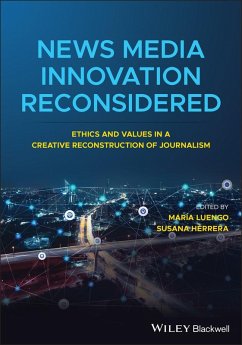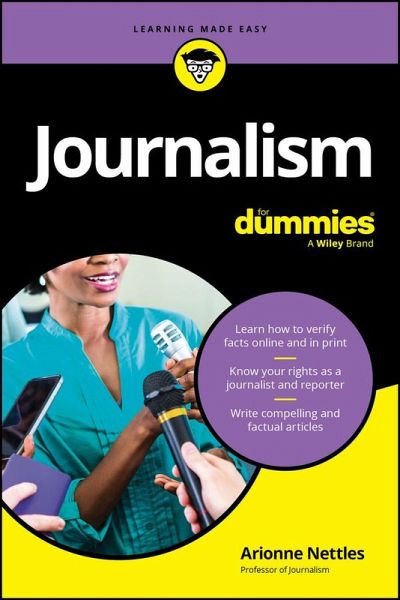
Journalism For Dummies (eBook, PDF)
Versandkostenfrei!
Sofort per Download lieferbar
12,99 €
inkl. MwSt.
Weitere Ausgaben:

PAYBACK Punkte
0 °P sammeln!
Learn the skills you need to find sources, fact check, and write trusted articlesSince the advent of the internet and the birth of social media, it has become difficult to wade through the massive amount of information out there. Every day we see-and believe-news articles that are released then debunked the very next day. Journalism For Dummies will provide you with the tools you need to become a savvy interviewer, writer, and fact checker. If you're a journalist, a journalist-to-be, or just someone who wants to be smarter about what you read, this book can help. You'll learn how journalism ha...
Learn the skills you need to find sources, fact check, and write trusted articles
Since the advent of the internet and the birth of social media, it has become difficult to wade through the massive amount of information out there. Every day we see-and believe-news articles that are released then debunked the very next day. Journalism For Dummies will provide you with the tools you need to become a savvy interviewer, writer, and fact checker. If you're a journalist, a journalist-to-be, or just someone who wants to be smarter about what you read, this book can help. You'll learn how journalism has evolved into what it is today, how to utilize different media platforms, including social media, and how to produce work that people can trust. This book is a comprehensive and approachable entry point for anyone who wants to produce pieces with journalistic integrity.
This is a great Dummies guide for students majoring in or taking journalism courses, freelance journalists looking to improve their sourcing abilities, and teachers hoping to increase their students' journalistic skills.
Since the advent of the internet and the birth of social media, it has become difficult to wade through the massive amount of information out there. Every day we see-and believe-news articles that are released then debunked the very next day. Journalism For Dummies will provide you with the tools you need to become a savvy interviewer, writer, and fact checker. If you're a journalist, a journalist-to-be, or just someone who wants to be smarter about what you read, this book can help. You'll learn how journalism has evolved into what it is today, how to utilize different media platforms, including social media, and how to produce work that people can trust. This book is a comprehensive and approachable entry point for anyone who wants to produce pieces with journalistic integrity.
- Consider how journalism functions in society, and why trustworthy journalism matters
- Become media literate and identify sensational or misleading stories and articles
- Learn about the reporting process, including newsworthiness, sourcing, fact-checking, and interview best practices
- Discover the ethics and laws associated with being a digital and print journalist
This is a great Dummies guide for students majoring in or taking journalism courses, freelance journalists looking to improve their sourcing abilities, and teachers hoping to increase their students' journalistic skills.
Dieser Download kann aus rechtlichen Gründen nur mit Rechnungsadresse in D ausgeliefert werden.




